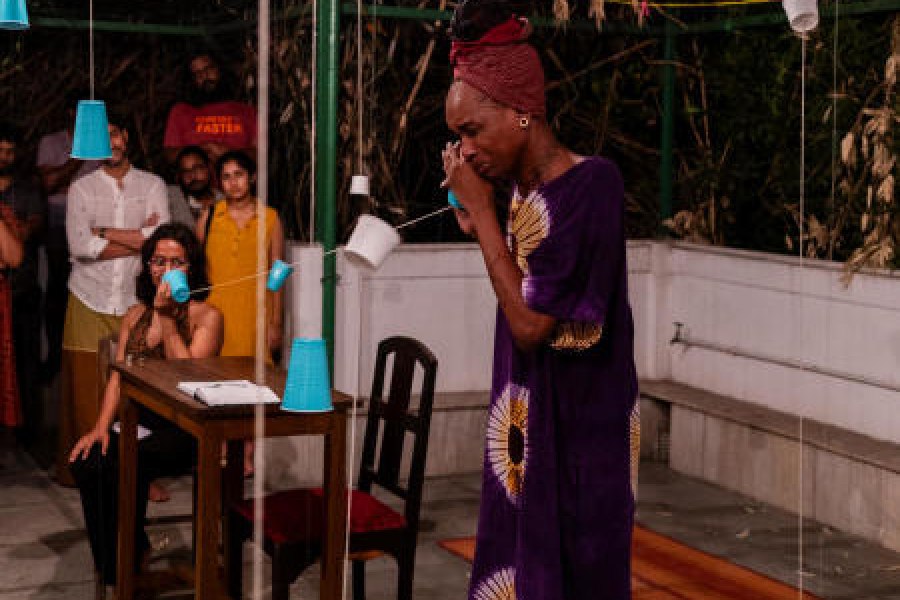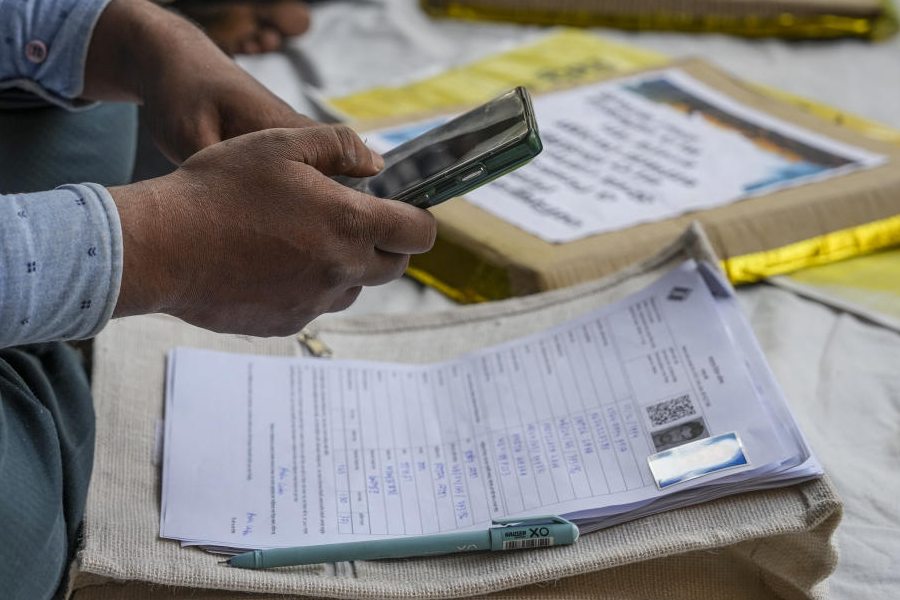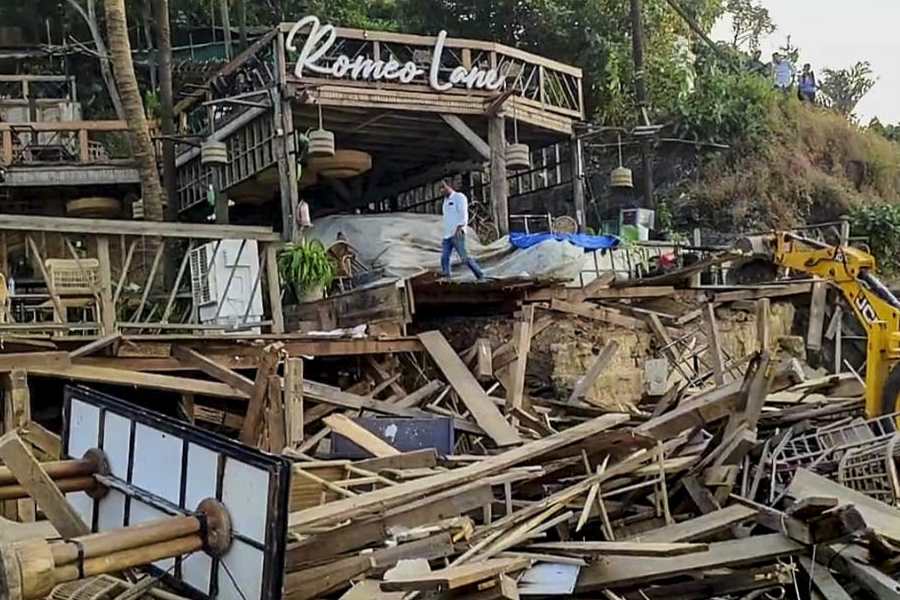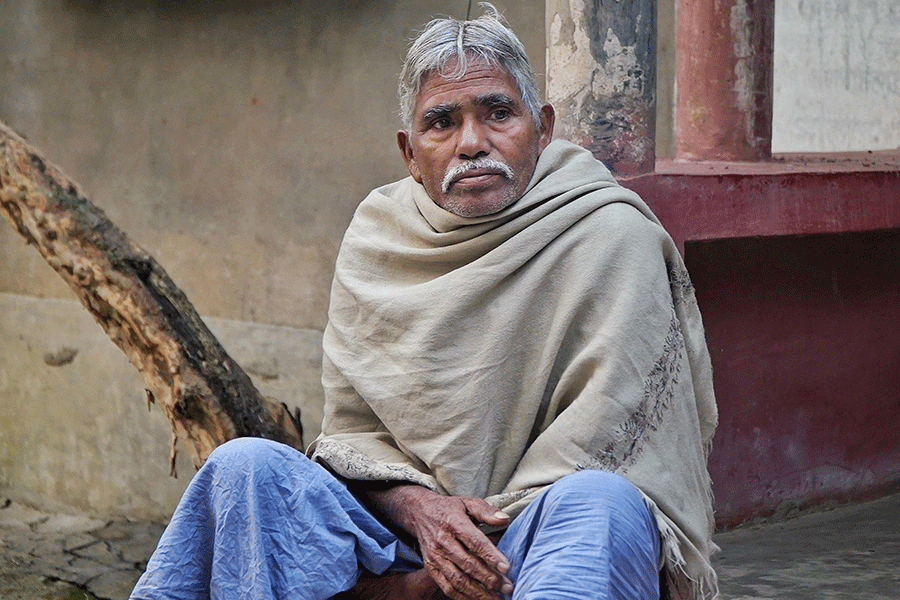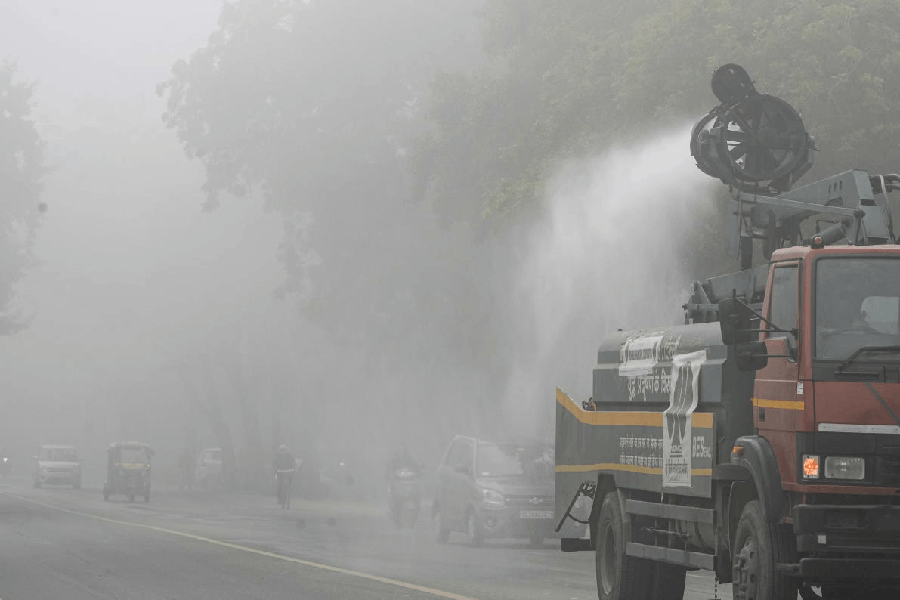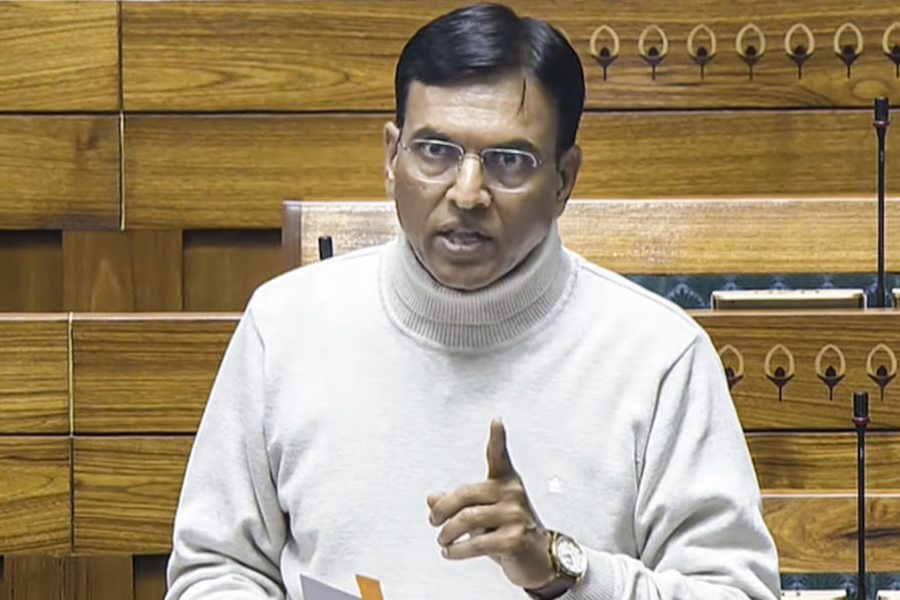The journey
A fitting description, especially when one looks at the sheer variety in the pieces themselves, which Diya says were not conceived first so much as were products of the train journey and what each traveller was experiencing while on it. We have Katlego Kai Kolanyane-Kesupile from Botswana, fabulous in her one-woman act that depicts grief and rage, and the fact that oftentimes they, even as individual emotions, are one and the same.
We have Oysh, whose unbridled laughter and abundant joy hits you before anything else does, who traces the individual in you in relation to the collective around you with their deeply meaningful world-rearranging exercises. We have independent filmmaker Arya Rothe, whose documentation of the train journey and capturing of snapshots from the artistes’ most vulnerable moments helps you connect with the pieces on a level so personal, you feel you have known them all your life.
Deen Atger from France and London, who takes you through notions of identity, gender, and undying hope in the face of it all — the hope that keeps us alive. Sourjyo Sinha, whose guitar sings like a bird, whose music shines brilliantly through each piece, and makes the whole production sound ethereal. And Snigdha Prabhakar, who dances as though she were moving through air, each movement a story, every step light with purpose; her body speaking a language all its own.
“We didn’t choose the pieces, per se. They emerged out of the design and curation of activities that we purposefully conducted, locations we chose to stop at, and the contexts that came up through those activities,” Diya says, explaining what the essence of the play, as a cohesive whole, might be, and making you realise that the whole project is a product of all the places along the train journey that the team stopped at, and what each individual experience each creator was going through at the moment.
“The pieces came out of the experience that we curated, and each of those pieces was voluntary. We had handpicked and curated the exact combination of people who would be with us, the locations at which we worked, and the spaces in which some of our stops happened, and therefore, that influenced the outcomes. So it was more about creating the experience or the environment from which these works emerged as opposed to looking at a bunch of works that were proposed, and then selecting what we liked or didn’t like.”
A safe, liminal space
It’s not only the interdisciplinary nature of the project that stuns you, though. A lot of it has to do with the blatant trust the artistes have in each other, in the innate humanity of the project, and in the faith that it will strike a chord with their audience. For a production that spans continents, cultures, lifestyles, and age groups, and that is shown to an audience that does the same, there is an unfiltered honesty in the way it is conducted, with the warmth of inside jokes and several cups of tea, lovingly served.
“We were able to bring together this bunch of artists who came from various parts of India and the world, who agreed to give the project these eight days and jump into both the process and onto the train with us with an immense trust in the serendipitous ways things flow when artists are together in a liminal space like a train,” Paramita affirms. “The whole process was democratic in a heartfelt, authentic way, where we are all just working and creating together. Even in the times I felt we were all losing it, there was a hopefulness that I cannot deny came from just believing in the cohort and each other. That things would fall into place. There was also an invitation to the cohort to express the interdisciplinary in each of them, parts of the artistic self they might have not explored or expressed before. That is why each artiste played multiple roles, in each other’s pieces and ideas.”
There is a quote by Oscar Wilde, in his critical essay The Decay of Lying: An Observation, that goes: “Man is least himself when he talks in his own person. Give him a mask, and he will tell you the truth.” There’s something about East Goes South that goes in tandem with Wilde’s words; the ‘mask’ in question being the stage on which they tell their stories. The train ride and the community the artistes create together becomes a safe, liminal space in which they now tell truths that are raw, unfiltered, and human.
What it ultimately leaves you with isn’t just wonder at the project’s creative ability or admiration for the sheer logistics of pulling something like this off. It also leaves behind a lingering feeling of connection — to the people on stage, to the strangers next to you, and to the parts of yourself that you might not have looked at in a while. It’s a reminder that art isn’t always about polish or perfection; most of the time, it’s about people, and in a world that so often tries to separate and compartmentalise us, it’s incredibly moving to witness something that instead draws you in, and gently tells you that you belong here too.
And maybe that’s the real magic Ninad has been nurturing in that Southern Avenue home of his all along. Not just theatre that dazzles, but theatre that gathers.
Pictures: The Urban Theatre Project

